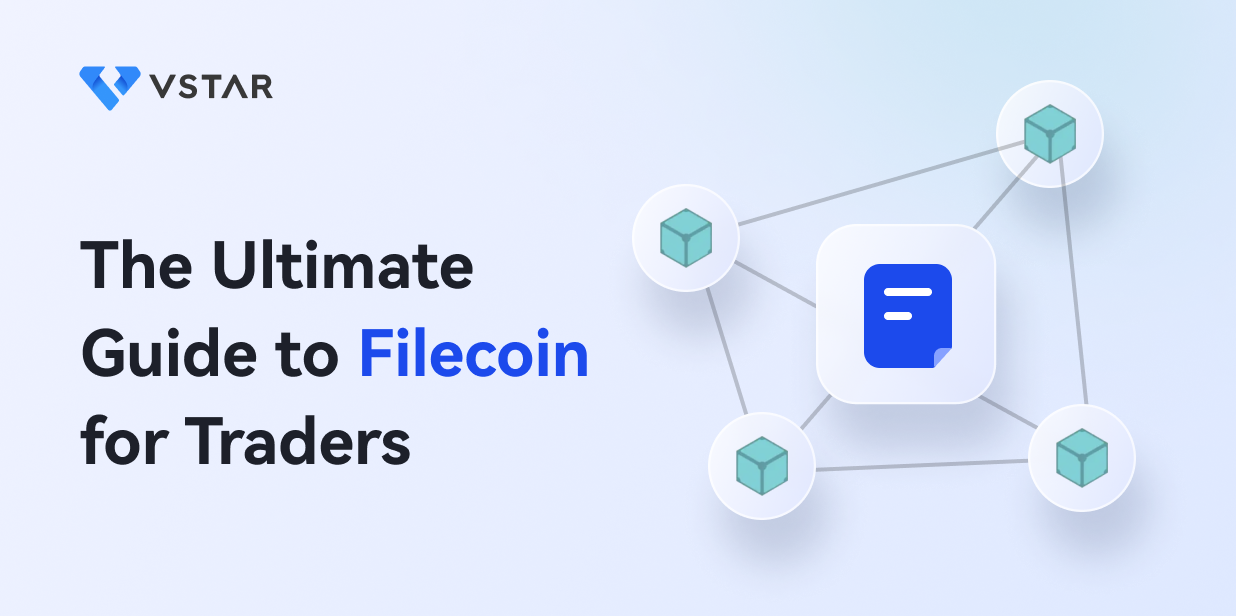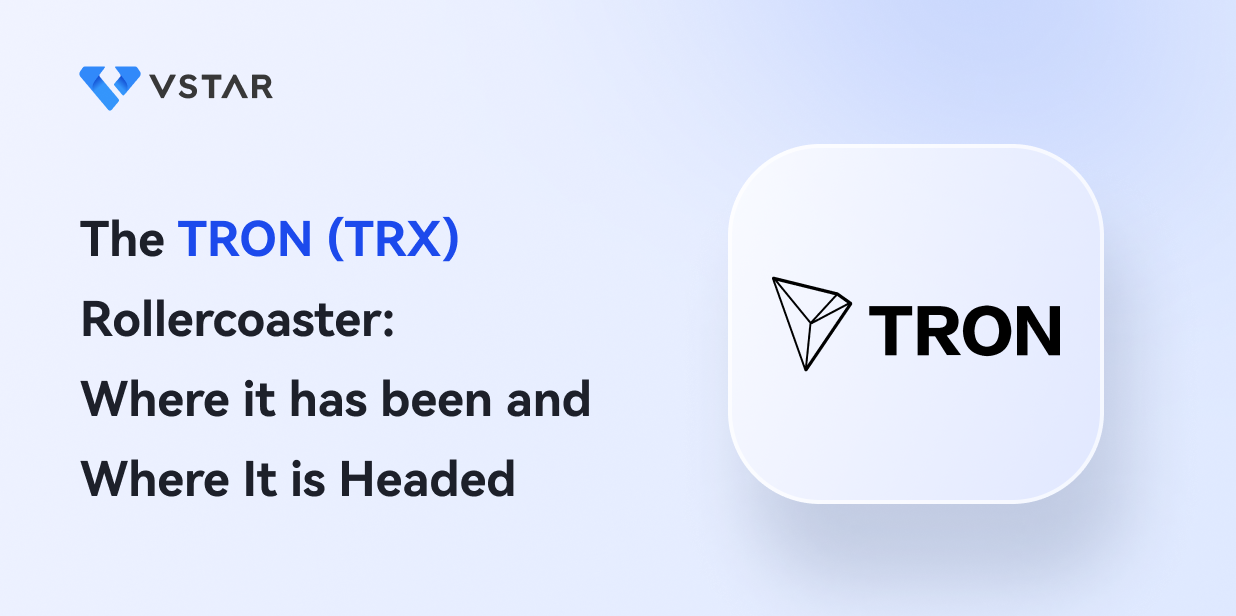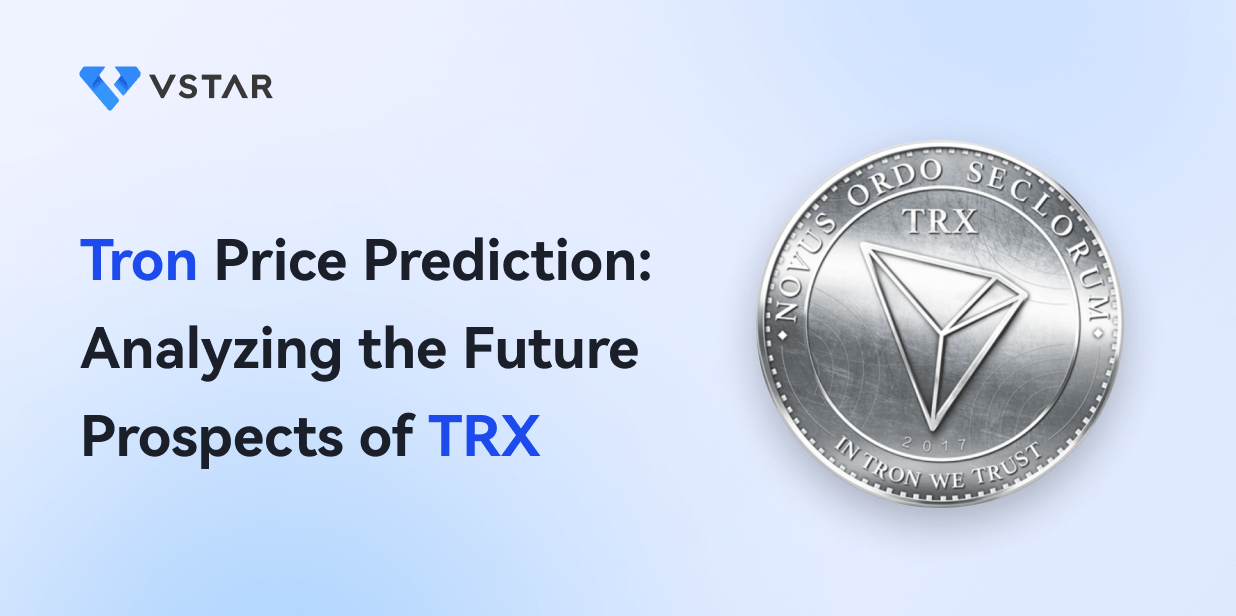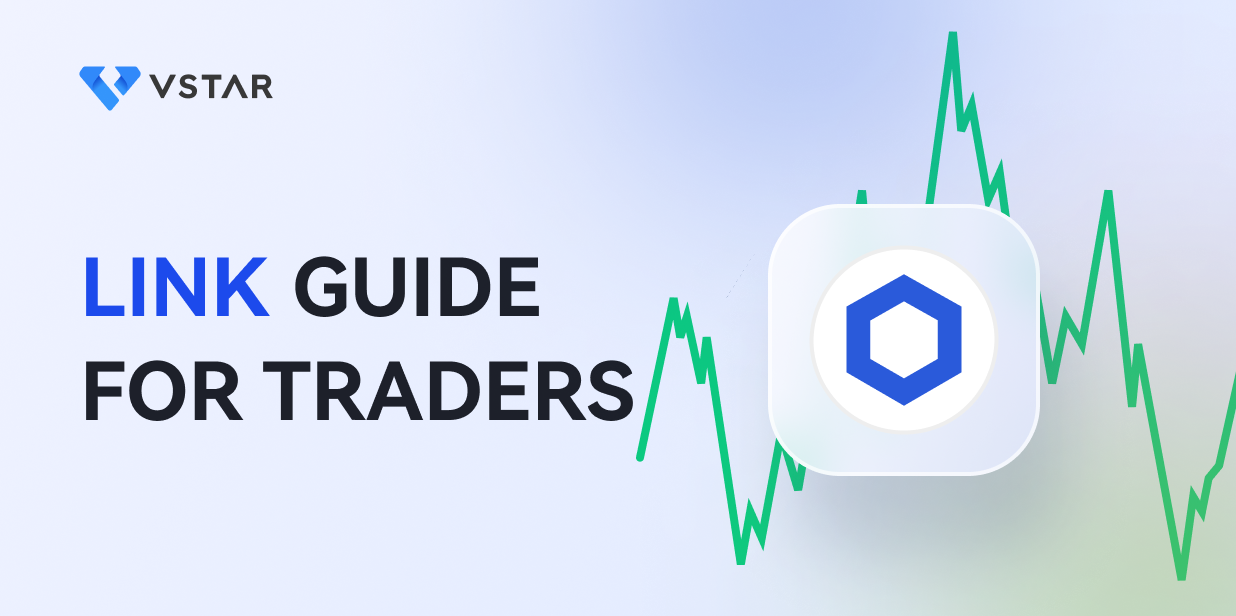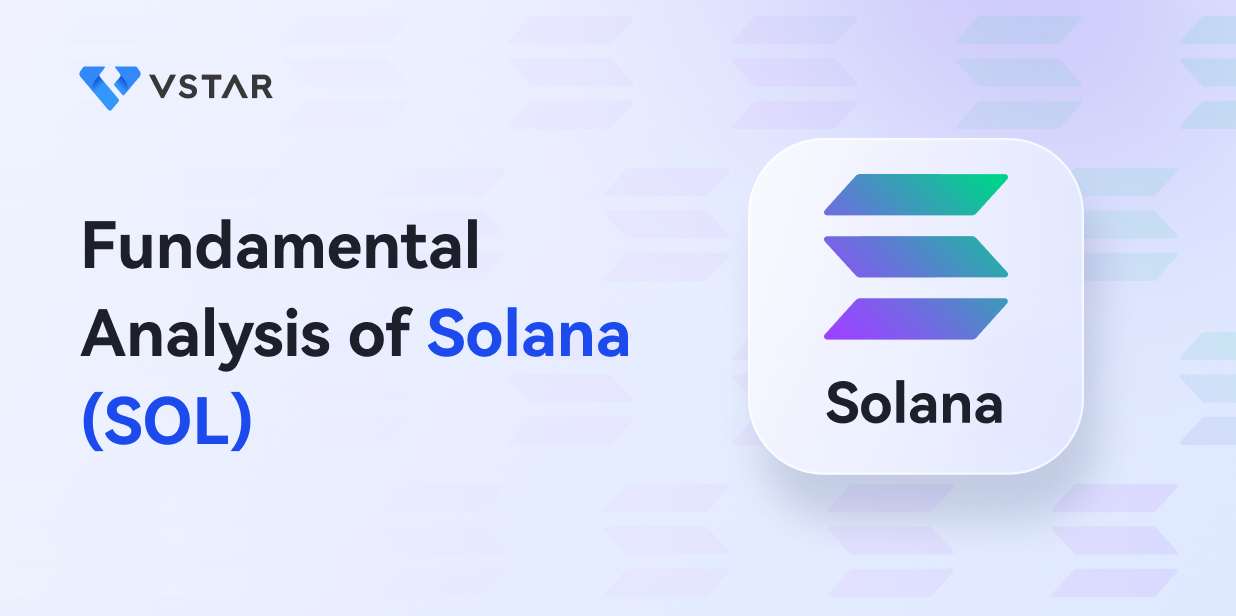Over the years since the launch of Bitcoin, the world has seen many crypto-related innovations. Filecoin is one project that caught many people’s interest around the world. It was founded in 2017 by Juan Benet, an American software engineer who also founded Product Labs and IPFS (InterPlanetary File System) project. Filecoin is among the key players revolutionizing the future of data storage.
According to its founder, the Filecoin network aims to be a next-generation marketplace for data storage and retrieval.
So what exactly is Filecoin?
Filecoin is a decentralized peer-to-peer storage network that uses blockchain technology and IPFS to allow users to buy and sell/lease out unused storage space on their devices. Unlike the traditional storage provider, which determines subscription fees, Filecoin’s fees are determined by market forces. In brief, Filecoin is the decentralized alternative to centralized storage services providers like Dropbox and Amazon Web Services.
FIL is Filecoin’s native token that incentivizes storage providers to offer storage capacity. FIL is also used to pay for data storage and retrieval of data on Filecoin’s network.
This is how it works. Filecoin is a peer-based network; storage providers (miners and retrieval miners) and hirers can communicate among themselves. The miner has to take proof-of-replication and proof-of-space–time to place bids. After an agreement, the miner provides the hirer with deposit space on Fileoin’s blockchain, the miner is compensated with FIL tokens, and the client (hirer) is allocated private to enable them to access files.
What about the IPFS? Filecoin and IPFS are complementary protocols; thus, we cannot talk about Filecoin and ignore IPFS. It’s the technology upon which Filecoin builds. But how do they work anyway? IPFS is a network protocol that allows peers to store and transfer verifiable data with each other, and Filecoin provides a system of persistent data storage.
Do you want to know about Filecoin investment opportunities you can explore as a trader? Keep on reading this post.
What are the Basics Traders need to Understand about Filecoin?
As of January 2023, Filecoin’s network total storage power was 18.8 EiB, and the total data stored was 495 PiB. Filecoin stands as the largest zk-SNARKs network that generates 6-7 million zero-knowledge proofs daily.
The zn-snarks can further enhance the privacy and security of the nodes on the chain. You’re probably asking how. With zn-snarks, users can prove the validity of a transaction without revealing the sender and receiver’s details. Consequently, it has the ability to attract more adoption rate, which ultimately leads to a higher value of the FIL coin.
But here is even the best part. A total of 2 billion FILs doesn’t disrupt the price of FIL, and through a linear release mechanism, FIL has the ability to regulate the inflation level. With this, traders can look into FIL’s trading opportunities with minimal fear of extreme volatility, which at times hinder profitability in the market.
Filecoin (FIL) Price Drivers and Trading
As a trader, you should look into important aspects of an underlying asset before investing. They significantly help evaluate the potential of the investment once you engage. They include historical prices, trends, volatility, factors influencing price, trading volume, and liquidity. Like any other cryptocurrency, FIL is not an exception to the above-listed aspects.
What determines FIL’s price?
You cannot easily predict the exact price of FIL in the future. However, certain factors influence the price of cryptocurrencies like FIL. They include:
1. Overall crypto market conditions
This isn’t new! Crypto market conditions and trends will ultimately affect the price of FIL and any other cryptocurrency. A positive development in the market affects FIL’s price positively and vice versa.
For instance, more people and institutional investors will likely invest in FIL if the crypto market has a solid regulatory framework. Consequently, FIL’s value and prices are likely to rise. Another scenario is linked to the recent economic crises, which have created a selling spree in the crypto market. In return, nearly all cryptocurrencies, including stablecoins, saw massive drops in their market prices.
The trading volume and liquidity are other factors affecting FIL’s prices.
2. Supply of FIL coins
The principle of supply and demand also applies in the crypto market. A low or limited supply of FIL coins will lead to scarcity, creating high demand and ultimately causing the price of this particular asset to rise. On the other hand, if there is an unlimited supply of FIL tokens, its price will go down.
3. Utility
If more people adopt Filecoin’s decentralized storage solutions in the future, the price of FIL will definitely rise. More utility of the supporting technology tends to drive up the prices of the underlying token.
During the period it has been in existence, Filecoin has incorporated over 120 organizations as its network demand is exponentially growing.
4. Competition from similar coins
Apart from the traditional cloud storage providers, Filecoin faces direct competition from other blockchain competitors such as Storj, Sia, Arweave, etc. Market competition is another factor that will affect FIL’s price.
5. Government regulations
As outlined above, government regulations can positively or negatively influence the price of FIL. For instance, regulations can help legitimize cryptocurrencies and attract more investors, thus driving up cryptocurrencies’ prices. Conversely, if the same regulation is harsh, it may hurt investments,s causing the prices of cryptocurrencies to shoot down.
What’s FIL’s trading volume and liquidity on various exchanges? (At a glance)
Why do liquidity and trading volume matter? Liquidity is an indicator of how easily a cryptocurrency can be traded at its current price in the market. Good liquidity around an asset poses a minimal risk (low spreads, minimal slippage, etc.) and allows price stability in the market, even in large trades. Trading volume is used to determine the liquidity of a cryptocurrency in the market. High trading volume accompanied by a bullish trend (rising price) often symbolizes more investors’ interest in an asset. On the contrary, high trading volume followed by a downtrend (falling price) shows fear among investors exiting the market.
According to real-time data on major crypto exchanges, there are about 420.39 million FIL in supply, and the present market capitalization stands at $2,377,192,458. FIL’s trading volume has been approximately $290, 959,800 for a while (as of March 2023). However, in recent weeks it’s ranged about $175,061,000
FIL’s historical price trends and volatility
As per price history, Fil’s all-time low price is $2.54, while its all-time high is $236.16. When Filecoin was launched in 2017, its opening price was about $5 per token. As of early 2018, the price was at $26.6. However, in the next few weeks, it saw a downtrend to about $6.8 in late March of the same year before rising to nearly $ 15 per coin in April.
From mid-2018 to mid-2020, there was not much with FIL’s price: it ranged from $2 to $6. Nevertheless, around October 2020, the price spiked to $60 before shooting down, ranging from $20 to $40 in the next few weeks until February 2021. In April of the same year, FIL’s price hit its all-time high at 236.16.
In two months, FIL’s price was $68.42 before a sudden rise in September 2021, driving it to about $115. Since then, FIL’s price has seen a bearish trend, as with most cryptocurrencies in the market. It’s currently trading at around $5 per token since February 2023.
Clearly, FIL’s price experiences fluctuations, which is suitable for traders who want to capitalize on those moves. In this scenario, CFD trading is the ultimate way to invest in a volatile market. Why? It’s easy to profit on short and long market positions, depending on your analysis.
FIL Investment Opportunity
FIL CFD trading
CFDs (Contract for Difference) are one of the best and most effective ways to benefit from price fluctuations in the crypto market. It’s mainly because of the flexibility the CFD market offers compared to other types of the market.
So what exactly is it? CFD is a type of financial product that allows you to obtain indirect exposure by opening buying and selling positions in an underlying asset like FIL. Want to know the best part about CFD trading? You speculate on FIL price (or any other cryptocurrency’s price) without owning the underlying asset.
Another great benefit of CFD trading is hedging. When you own the underlying asset (in our case, it’s FIL), you’re more exposed to market risk. However, you can use CFDs to mitigate such risk by opening a position in the opposite direction and holding it as long as you wish because it has no expiry date.
Where do you trade CFDs anyway? You can trade FIL CFDs on exchanges or brokerage firms like VSTAR. You can trade CFDs like FIL/USDT, FIL/USD, FIL/BTC, etc. In addition, VSTAR offers low trading costs, negative balance protection, and super-tight spreads. Above all, you can trade the CFD market 24/7 throughout the year.
You may be wondering whether crypto CFD trading is profitable. It’s potentially profitable, especially when you have a good trading strategy that can help you minimize losses and capitalize on winning trades.
FIL CFD trading vs. spot trading
Spot trading is another common FIL investment opportunity. It entails buying and selling an asset like FIL at the current market prices. Often in this market, you buy low the underlying asset, hold it and sell it when the prices are high to make a profit.
How does FIL spot trading compare to FIL CFD trading? Let’s look into the advantages and disadvantages of each.
What are the advantages of spot trading?
1. Spot trading tends to build a high level of transparency since transactions occur at prevailing market prices in the public domain.
2. Spot trading allows you to hold your trade until you find a better deal in the market.
3. Spot trading requires less capital (no minimum capital requirement)
4. You can utilize your crypto asset for other services like online payments.
What are the disadvantages of spot trading?
1. Inability to hedge to reduce risk.
2. In spot trading, investors face significant risks in times of extreme volatility in the market
3. Planning is not thorough in spot trading compared to other trading forms.
4. Potential gains in spot trading are smaller compared to margin trading (like CFDs) because there is no leverage.
What are the advantages of CFD trading?
1. With CFD trading, you don’t take the risk of owning the underlying asset.
2. The CFD market allows you to place trades in both bearish (sells) and bullish (buys) markets.
3. Access to margin trading, which gives you leverage. Margin trading gives you more exposure to take big positions with small capital. As a result, you can make bigger profits.
4. Better liquidity in the crypto market. CFD market has better liquidity which provides better market conditions for trading.
What are the disadvantages of CFD trading?
1. CFD margin trading is a double-edged sword. As much as margin trading magnifies your profits, it can also magnify your losses if your price trade analysis doesn’t play out as predicted.
2. CFD trading is unfavorable for long-term holding positions due to the overnight swap fees on your trades.
3. Severe volatility can increase losses. With extreme volatility in the CFD market, entering and exiting positions can be challenging due to the increased spreads. For this reason, you should have a solid risk management plan in CFD trading to minimize losses.
5 Tips for effectively trading FIL CFDs


Want to be consistently profitable in trading FIL CFDs? Here are essential and practical tips that will set you up for some level of success:
1. Choose a reputable and reliable broker – the broker you choose to trade with can determine how easy or hard your trading journey can be. Therefore, settle for a broker offering good leverage, liquidity, and reasonable trading fees. For instance, VSTAR is a regulated broker offering low spreads and trading costs in the market.
2. Create a trading plan- a solid trading plan will guide you in trading and help you develop a trading strategy. It enables you to treat trading more like a business.
3. Develop a risk management strategy – like any investment, CFD trading poses some risks; therefore, it is advisable to have a strategy in place to control risk. It entails using stop-loss and take-profit orders and understanding your risk tolerance per trade/position.
4. Diversify your exposure - Keep some spot FIL just in case CFD providers reduce leverage during volatile periods.
5. Practice building a profitable trading system – you need to practice your trading strategy and rules to fine-tune it for better results. This is another reason you need a good broker like VSTAR, who offers you a demo account you can practice on.
Are there any potential future partnerships that would impact FIL’s mainstream adoption or price?
Filecoin is among the most exciting and innovative blockchain projects in the market. Its potential to revolutionize online data storage and access solutions seems quite promising. Notably, it has officially launched new developments like its Virtual Machine that will offer a way for developers to create Dapps efficiently. It’s a move that will possibly increase its utility and price.
Filecoin also recently partnered with NodeDAO, a blockchain-staking liquidity service provider, and Cryptio, an accounting platform. Ankr is another of Filecoin’s most recent partners. Is this really the end? Probably no! Filecoin is gradually establishing itself as a vital partner in the market, backed by the kind of Web3 solutions it’s building. Therefore, it could still attract opportunities for future partnerships with more companies, as seen in recent events. Consequently, such a partnership could drive its FIL token prices higher in the future and mainstream adoption.
In addition, the highly supportive Filecoin community is gradually growing as more investors know about it. It’s another factor that could potentially impact FIL’s price in the future.
Filecoin’s tokenmics and price projection
FIL is Filecoin’s native token and plays a significant role in the functioning of the platform. As outlined earlier, it primarily pays for storage and incentivizes miners to contribute their storage capacity to the network.
The total supply of FIL is capped (FIL_BASE) at about 2 billion tokens; as of April 28, 2023, approximately 420.5 million FIL tokens are in circulating supply. However, 300 million FILs is held as mining reserve. Filecoin tokens are distributed in 4 participating groups listed on the Filecoin blockchain’s Genesis block. They include:
● Filecoin miners (rewarded 70%)
● Protocol labs (15%)
● Investors (10%)
● Filecoin Foundation (5%)
Filecoin also features an exciting minting and unique emission model on its network. Mining rewards increase with network adoption. It introduced a concept of network baseline whereby the minting rate doesn’t depend on elapsed time but on total storage power.
How will FIL’s price change if it achieves mainstream success? Undeniably, FIL is among the token with fundamental value in the market. Filecoin has also seen some success in adoption, and through partnerships, there is a promise of mainstream success in the future.
With continuous upgrades and new developments, FIL’s prices will likely shoot up to a significant level. How would that happen? Some reasons that drove FIL’s price to its all-time high before the global crush include interest from intuitional investors like Greyscale and the need for information security. Suppose the same thing happens as part of the mainstream adoption process; it impacts the price positively.
What is FIL’s potential compared to other cryptocurrencies in the market?
FIL is among the promising crypto assets in the market despite being 97% below its all-time high price as of April 2023. It also takes the 30th position in the market.
However, despite trading at lower prices, Filecoin has a great potential to gain more market share compared to its competitors like Bitcoin (BTC) and Monero (XMR). Why? Data storage has become an integral part of life. Filecoin represents a unique opportunity for providers to offer massive verifiable data/file storage generated in vast Web3 space. Besides, it provides a competitive market for retrieving files compared to centralized service providers.
Other advantages that put Filecoin in a better chance in the market include:
● Reliable storage
● Ability to provide storage to other blockchains
● Censorship resistance- enhanced safety of data
Final Thought
As you can tell, Filecoin is a project with much potential and impact in the blockchain. It’s leading to transform data storage in the rapidly growing Web3 infrastructure. It presents a lot of usefulness and applicability to solving real-world problems. It's a great team signal to be dedicated to launching significant developments.
Additionally, Filecoin has proven to be a good investment opportunity, especially in the trading space, i.e., spot and CFD markets. Therefore, you shouldn’t hesitate to invest in FIL if you have an investment plan in place. You can buy and hold FIL or trade FIL CFDs on a brokerage account. Generally, FIL is a good investment, especially if you’re looking for crypto trading opportunities.
Experts’ analysis projects the average price of FIL to be at $7.87%. Traders Union predicts that FIL’s price could go up to $9.45 by the end of 2023. Overall, many market analysts are still optimistic about the long-term price of FIL.







